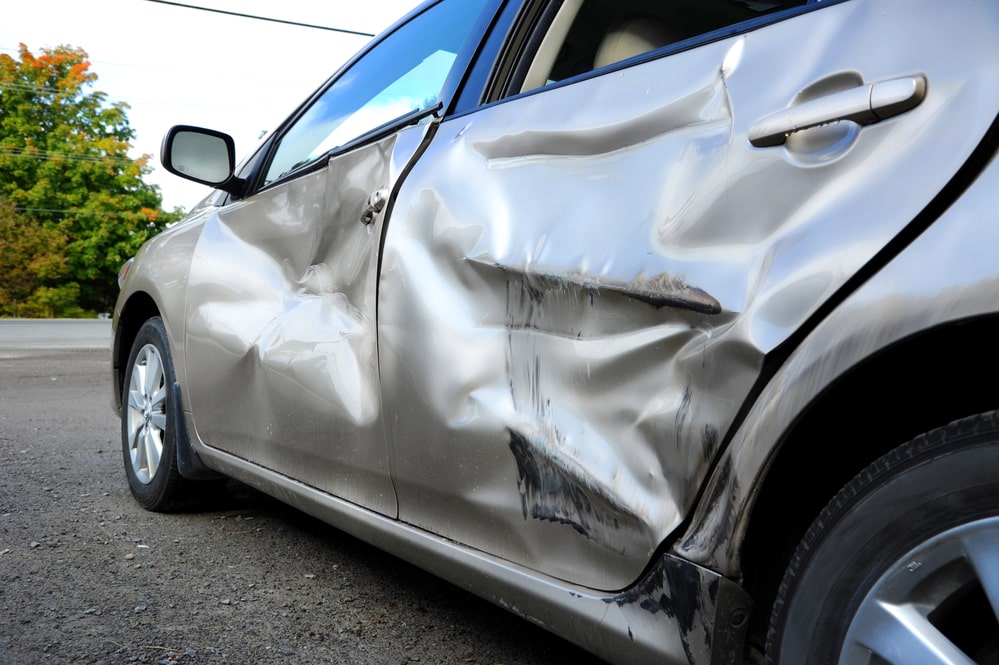Comparative Negligence And How It May Affect Your Case
When you are injured in an accident, whether it is a car crash, slip and fall, or another incident, one of the first questions involves determining who is at fault. As attorneys such as our friends at Johnson & Alday, LLC know, the answer is not always so black and white. In some cases, both you and the other party may hold some liability, and this is where comparative negligence may be applied.
Comparative Negligence Explained
Comparative negligence is a legal principle that states that if you are partly at fault for your own accident, your compensation can be reduced by the percentage of fault assigned to you.
For example, imagine you are driving a few miles over the speed limit when another driver runs a red light and hits you. The other driver is clearly mostly at fault, but speeding may have contributed to the severity of the crash. Under comparative negligence, a jury or insurance adjuster could decide you were 10% responsible and award you only 90% of your compensation.
How Comparative Negligence May Affect Your Claim
If you win your case, your compensation is reduced by the percentage you were found at fault. Using the example above, if your total damages (medical bills, lost wages, pain and suffering) are $100,000 and you are found 10% at fault, your final award would be $90,000.
Different Types Of Comparative Negligence
As experienced car accident lawyers know, not all states handle comparative negligence the same way. There are three main approaches:
Pure Comparative Negligence
In a pure comparative negligence state, you can recover damages even if you are mostly at fault. For example, if you are 90% to blame, you could still recover 10% of your damages. States like Florida, California, and New York follow this rule.
Modified Comparative Negligence (50% Rule)
Many states, including Texas and Colorado, follow a modified version. If you are 50% or more at fault, you cannot recover anything. If you are less than 50% at fault, your compensation is reduced by your percentage of fault.
Modified Comparative Negligence (51% Rule)
Other states, like Illinois, use a 51% rule. Here, you are barred from recovering damages if you are over 50% at fault.
How Courts Decide Fault
Fault is determined by evidence: police reports, witness statements, photos, expert testimony, and sometimes your own statements. Your lawyer will help you build a case and a jury will weigh all this to assign percentages of responsibility.
Protecting Your Claim
One big mistake people make is admitting fault too soon, especially at the accident scene or when talking to insurance adjusters. Be honest, but do not guess or downplay what happened. Small statements like “I didn’t see them coming” or “I should have been more careful” can easily be used against you to increase your share of fault.
Speaking With An Attorney
Comparative negligence can make or break your personal injury case. Even if you think you might be partly at fault, do not assume you have no case. You may still be entitled to significant compensation.
If you have been hurt in an accident, an lawyer can gather evidence, deal with insurance companies, and fight to minimize any blame that may have been put unfairly on you. Do not let partial fault stop you from getting what you deserve.
